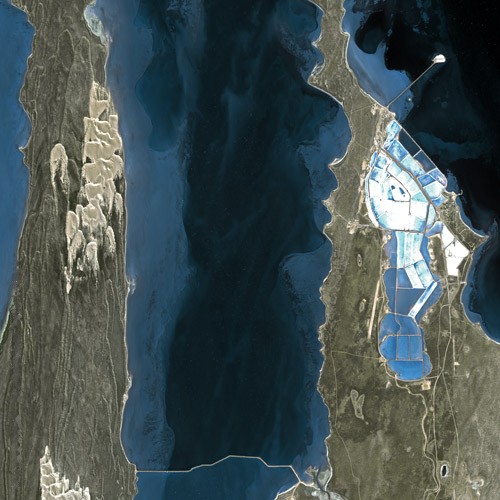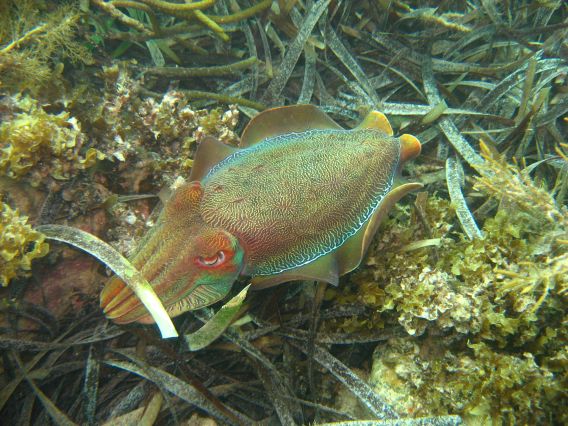|
Campichthys Galei
''Campichthys galei'' (Gale's pipefish) is a species of marine fish of the family Syngnathidae. It is endemic to Australia, found from Shark Bay (Western Australia) to the Spencer Gulf (South Australia) on the rubble bottom of inshore waters to depths of 18m. It can grow to lengths of . This species is ovoviviparous Ovoviviparity, ovovivipary, ovivipary, or aplacental viviparity is a term used as a "bridging" form of reproduction between egg-laying oviparous and live-bearing viviparous reproduction. Ovoviviparous animals possess embryos that develop insi ..., with the males carrying eggs in a brood pouch until they are ready to hatch. References Further reading Atlas of Living Australia ... [...More Info...] [...Related Items...] OR: [Wikipedia] [Google] [Baidu] |
Paul Georg Egmont Duncker
Paul Georg Egmont Duncker (6 May 1870, Hamburg – 28 July 1953, Ahrensburg) was a German ichthyologist. Biography He studied at the universities of Kiel, Freiburg, and Berlin, receiving his doctorate at Kiel in 1895. Following graduation he lived and worked in Karlsruhe, Plymouth, Naples, Cold Spring Harbour (Long Island N.Y.), and Würzburg. From 1901 he worked as a curator for a year at the Selangor State Museum in Kuala Lumpur, afterwards returning to Europe, where he spent another year in Naples.Duncker, (Paul) Georg (Egmont) Nationaal Herbarium Nederland He was a member of the Hamburg ''Südsee-Expedition'' (1908-10) during its first year in , of which, he collected specimens ... [...More Info...] [...Related Items...] OR: [Wikipedia] [Google] [Baidu] |
Syngnathidae
The Syngnathidae is a family of fish which includes seahorses, pipefishes, and seadragons ('' Phycodurus'' and '' Phyllopteryx''). The name is derived from grc, σύν (), meaning "together", and (), meaning "jaw". The fused jaw is one of the traits that the entire family have in common. Description and biology Syngnathids are found in temperate and tropical seas across the world. Most species inhabit shallow, coastal waters, but a few are known from the open ocean, especially in association with sargassum mats. They are characterised by their elongated snouts, fused jaws, the absence of pelvic fins, and by thick plates of bony armour covering their bodies. The armour gives them a rigid body, so they swim by rapidly fanning their fins. As a result, they are relatively slow compared with other fish but are able to control their movements with great precision, including hovering in place for extended periods. Uniquely, after syngnathid females lay their eggs, the male then f ... [...More Info...] [...Related Items...] OR: [Wikipedia] [Google] [Baidu] |
Australia
Australia, officially the Commonwealth of Australia, is a sovereign ''Sovereign'' is a title which can be applied to the highest leader in various categories. The word is borrowed from Old French , which is ultimately derived from the Latin , meaning 'above'. The roles of a sovereign vary from monarch, ruler or ... country comprising the mainland of the Australian continent, the island of Tasmania, and numerous smaller islands. With an area of , Australia is the largest country by area in Oceania and the world's sixth-largest country. Australia is the oldest, flattest, and driest inhabited continent, with the least fertile soils. It is a megadiverse country, and its size gives it a wide variety of landscapes and climates, with deserts in the centre, tropical Forests of Australia, rainforests in the north-east, and List of mountains in Australia, mountain ranges in the south-east. The ancestors of Aboriginal Australians began arriving from south east Asia approx ... [...More Info...] [...Related Items...] OR: [Wikipedia] [Google] [Baidu] |
Shark Bay
Shark Bay ( Malgana: ''Gathaagudu'', "two waters") is a World Heritage Site in the Gascoyne region of Western Australia. The http://www.environment.gov.au/heritage/places/world/shark-bay area is located approximately north of Perth, on the westernmost point of the Australian continent. UNESCO's official listing of Shark Bay as a World Heritage Site reads: : History The record of Australian Aboriginal occupation of Shark Bay extends to years BP. At that time most of the area was dry land, rising sea levels flooding Shark Bay between BP and BP. A considerable number of aboriginal midden sites have been found, especially on Peron Peninsula and Dirk Hartog Island which provide evidence of some of the foods gathered from the waters and nearby land areas. An expedition led by Dirk Hartog happened upon the area in 1616, becoming the second group of Europeans known to have visited Australia. (The crew of the '' Duyfken'', under Willem Janszoon, had visited Cape York in 1606 ... [...More Info...] [...Related Items...] OR: [Wikipedia] [Google] [Baidu] |
Spencer Gulf
The Spencer Gulf is the westernmost and larger of two large inlets (the other being Gulf St Vincent) on the southern coast of Australia, in the state of South Australia, facing the Great Australian Bight. It spans from the Cape Catastrophe and Eyre Peninsula in the west to Cape Spencer and Yorke Peninsula in the east. The largest towns on the gulf are Port Lincoln, Whyalla, Port Pirie, and Port Augusta. Smaller towns on the gulf include Tumby Bay, Port Neill, Arno Bay, Cowell, Port Germein, Port Broughton, Wallaroo, Port Hughes, Port Victoria, Port Rickaby, Point Turton, and Corny Point. History The first recorded exploration of the gulf was that of Matthew Flinders in February 1802. Flinders navigated inland from the present location of Port Augusta to within of the termination of the water body. The gulf was named ''Spencer's Gulph'' by Flinders on 20 March 1802, after George John Spencer, the 2nd Earl Spencer. The Baudin expedition visited the gulf a ... [...More Info...] [...Related Items...] OR: [Wikipedia] [Google] [Baidu] |
Ovoviviparous
Ovoviviparity, ovovivipary, ovivipary, or aplacental viviparity is a term used as a "bridging" form of reproduction between egg-laying oviparous and live-bearing viviparous reproduction. Ovoviviparous animals possess embryos that develop inside eggs that remain in the mother's body until they are ready to hatch. The young of some ovoviviparous amphibians, such as '' Limnonectes larvaepartus'', are born as larvae, and undergo further metamorphosis outside the body of the mother. Members of genera '' Nectophrynoides'' and '' Eleutherodactylus'' bear froglets, not only the hatching, but all the most conspicuous metamorphosis, being completed inside the body of the mother before birth. Among insects that depend on opportunistic exploitation of transient food sources, such as many Sarcophagidae and other carrion flies, and species such as many Calliphoridae, that rely on fresh dung, and parasitoids such as tachinid flies that depend on entering the host as soon as possible ... [...More Info...] [...Related Items...] OR: [Wikipedia] [Google] [Baidu] |
Campichthys
''Campichthys'' is a genus of pipefishes native to the Indian and Pacific Ocean The Pacific Ocean is the largest and deepest of Earth's five oceanic divisions. It extends from the Arctic Ocean in the north to the Southern Ocean (or, depending on definition, to Antarctica) in the south, and is bounded by the continen ...s. Species There are currently four recognized species in this genus: * '' Campichthys galei'' ( Duncker, 1909) (Gale's pipefish) * '' Campichthys nanus'' C. E. Dawson, 1977 * '' Campichthys tricarinatus'' C. E. Dawson, 1977 (Three-keel pipefish) * '' Campichthys tryoni'' ( J. D. Ogilby, 1890) (Tryon's pipefish) References Marine fish genera Taxa named by Gilbert Percy Whitley {{Syngnathiformes-stub ... [...More Info...] [...Related Items...] OR: [Wikipedia] [Google] [Baidu] |
Marine Fish
Saltwater fish, also called marine fish or sea fish, are fish that live in seawater. Saltwater fish can swim and live alone or in a large group called a school. Saltwater fish are very commonly kept in aquariums for entertainment. Many saltwater fish are also caught to be eaten, or grown in aquaculture. However, many fish species have been overfished and are otherwise threatened by marine pollution or ecological changes caused by climate change. Diet Fishes that live in the ocean can be carnivores, herbivores, or omnivores. Herbivores in the ocean eat things such as algae and flowering seagrasses. Many herbivores' diets consist of primarily algae. Most saltwater fish will eat both macroalgae and microalgae. Many fish eat red, green, brown, and blue algae, but some fish prefer certain types. Most saltwater fish that are carnivores will never eat algae under any circumstances. Carnivores' diets consist of shrimp, plankton, or tiny crustaceans. Captivity Saltwater aquariums a ... [...More Info...] [...Related Items...] OR: [Wikipedia] [Google] [Baidu] |


